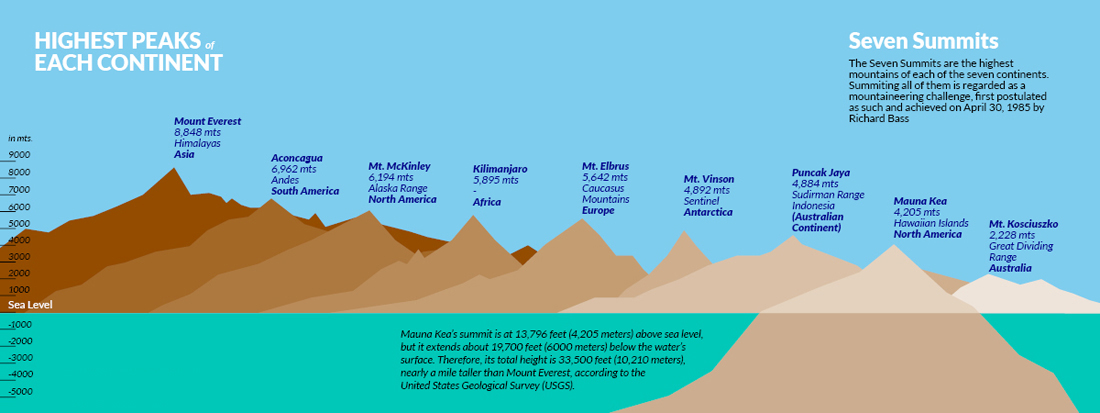Kami Rita first summitted Everest in 1994. He has scaled Earth’s highest mountain nearly every year since. Sometimes twice in the same climbing season.
Binaj Gurubacharya, writing for the Associated Press, reporting from Kathmandu, Nepal »
Renowned Sherpa mountain guide Kami Rita was back from Mount Everest on Friday after his record 30th ascent of the world’s highest peak, vowing to return to the mountain again next year,
The 54-year-old guide had scaled the 8,849-meter (29,032-foot) peak earlier this week, his second time this month, breaking his own record for the most successful climb of the peak.
“I will continue climbing and will be back again next year and for at least one or two more years,” Kami Rita told reporters on arrival at the airport in Kathmandu, Nepal’s capital.




